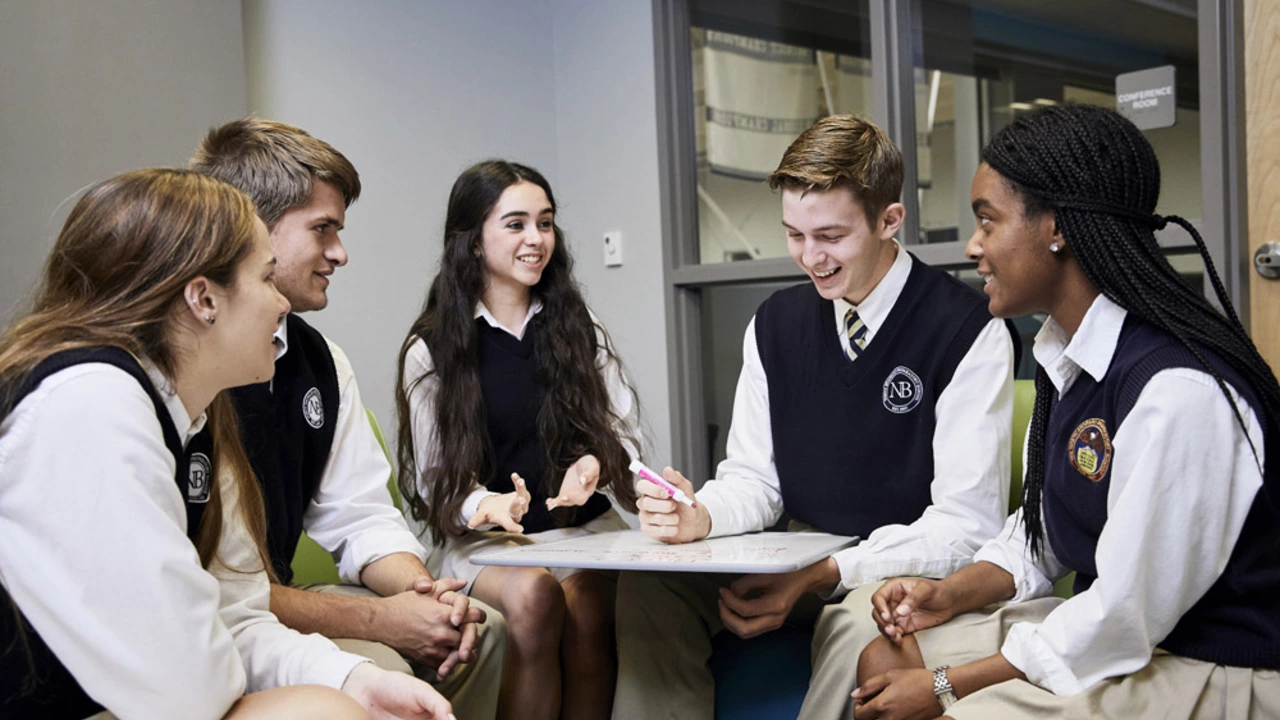Education and Learning: Private vs Public Schools
When you hear "private school," you might imagine fancy uniforms and tiny classes. When you hear "public school," you picture crowded hallways and a wide mix of students. Both options have pros and cons, and the right choice depends on what matters most to you and your child. Let’s break down the key factors so you can decide without the hype.
What Makes Private Schools Different?
Private schools usually charge tuition, which lets them keep class sizes low. Smaller groups mean teachers can give more one‑on‑one help, and students often get quicker feedback on assignments. Many private schools also have a specific educational philosophy—think Montessori, religious instruction, or a focus on the arts. This can create a tighter community where values line up with family expectations. However, the cost can be a big hurdle, and scholarships aren’t always easy to come by.
Another perk is flexibility in the curriculum. Because they’re not bound by state mandates, private schools can offer advanced electives, specialized programs, or faster pacing for gifted students. Parents who want a tailored learning path often appreciate this freedom. On the flip side, that freedom can mean less exposure to the diverse perspectives you find in a typical public school classroom.
Why Public Schools Can Be a Great Choice
Public schools are funded by local taxes, so there’s no tuition bill at the door. That makes them accessible to a broader range of families. Because they serve everyone in the community, public schools naturally bring together kids from different backgrounds, cultures, and abilities. This diversity can teach valuable social skills and prepare students for real‑world interactions.
Resources are another strength. Many public schools have larger budgets for sports, labs, and extracurricular clubs. You’ll often find a wider selection of advanced placement courses, vocational training, and special education services. While class sizes can be bigger, the presence of teaching assistants, counselors, and support staff helps keep the learning environment balanced.
So, which is better? It’s not a simple either‑or. If a child thrives on personal attention, a niche program, and can handle the expense, a private school might be the sweet spot. If the goal is to expose the child to a variety of viewpoints, take advantage of robust extracurricular options, and keep costs low, a public school could be the better fit.
One practical tip: visit both types of schools in your area, ask about class sizes, teacher qualifications, and support services. Talk to current parents and students to get a feel for daily life. Seeing the classrooms, meeting teachers, and getting a sense of the community can reveal details that brochures hide.
At the end of the day, the “best” school is the one that aligns with your child’s learning style, interests, and your family’s priorities. No single answer works for everyone, but by comparing class size, curriculum flexibility, cost, and community, you can make a confident choice.
Are private schools really that much better than public schools?
In my exploration of whether private schools outshine public schools, it's evident that the answer isn't black and white. Private schools often boast smaller class sizes and more individual attention, but public schools offer a diverse environment and typically have a broader range of programs. The quality of education really depends on the specific school, not just its private or public status. Ultimately, the choice between public and private education should be based on what fits a child's individual needs and family expectations. After all, a good education is about more than just the type of school attended.
View More